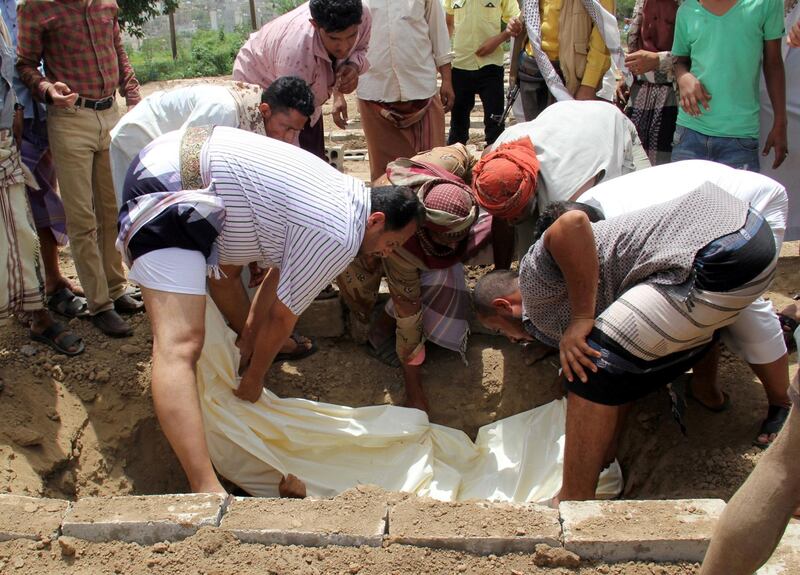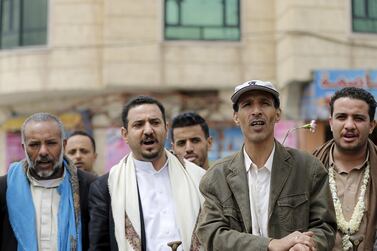The number of people who have died in Yemen after contracting the new coronavirus has hit 500, although aid organisations say the death toll is probably much higher.
About 80 per cent of the population rely on humanitarian assistance in Yemen after years of war. The country is divided between the Saudi-backed government based in Aden in the south and the Houthi movement based in the capital Sanaa in the centre.
The government has declared 1,740 coronavirus cases, including 499 deaths. The Houthis, who control most big urban centres, have not provided figures since May 16 when authorities said there were four cases, and one death. The World Health Organisation places the number of confirmed cases slightly lower at 1,738 but also records 500 deaths although it doesn't account for Houthi figures.
The United Nations says the virus is circulating rapidly and undetected throughout the country and infections and deaths are probably much higher.
A government health ministry spokesman has said it reports figures daily and that "nothing was hidden". Houthi authorities have not responded to requests for comment on coronavirus numbers.
Elsewhere, 17 people, including eight children, have been killed in flash floods and by lightning in Yemen's northern Marib region, health authorities said on Tuesday.
The fierce storms have added to the woes of the war-torn country, which the UN has described as the world's worst humanitarian crisis.
Five years of conflict has left swathes of the country in ruins.
"Sixteen people drowned and another person was killed after being struck by lightning," local health authorities said in a statement.
Recent storms have hit other provinces, including the capital Sanaa, Amran, Hodeida, Taez, Saada and Hadramawt.
Dozens of homes and hundreds of tents for the displaced have been destroyed, according to authorities.
Meanwhile, the official Saba news agency reported that floodwaters swelling the reservoir of the Marib dam, built in 1986, raised concerns it might collapse.
It said the government had called for "quick solutions to face potential dangers over the continuous flooding of the Marib dam".
The Arab world's poorest country also faces the coronavirus pandemic, which its decrepit health system is ill-equipped to handle.
An estimated 24 million Yemenis – more than 80 per cent of the population – are dependent on aid for survival, according to the UN.







